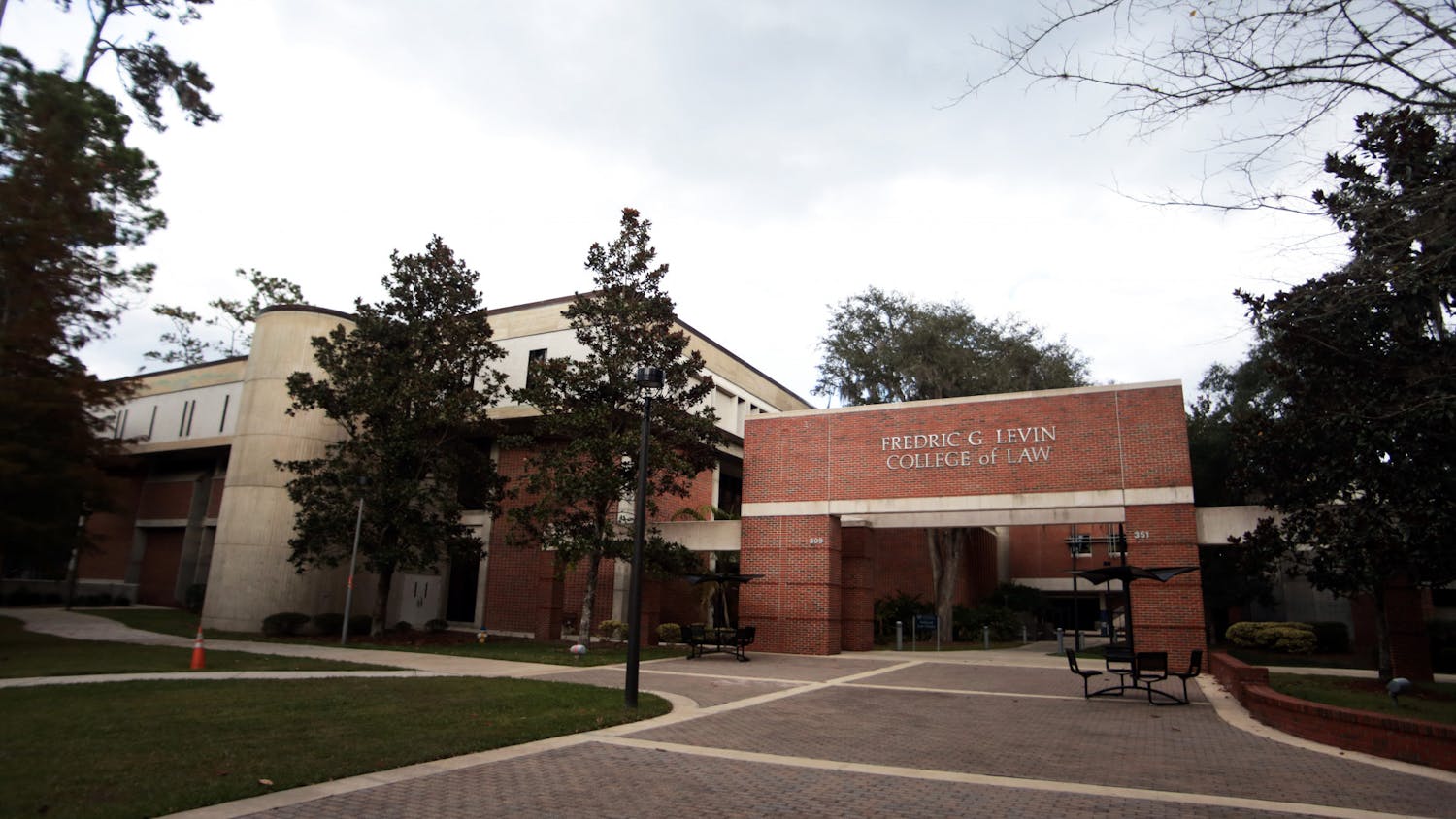On Tuesday afternoon, Canvas was down. We realized this quickly, frantically taking to Facebook to make sure our computers weren’t just acting up and asking others about assignment information. This problem was not localized to e-learning, however, nor was UF’s spotty Wi-Fi to blame. This stemmed from something much more widespread, with websites all over the internet losing functionality, ranging from small features not working to the whole site or app being down.
In case you don’t have a smart-aleck tech person in your life, let us explain. Amazon Web Services — specifically the S3 service — went offline. This specific service is used by almost 150,000 sites and apps, including Slack, BuzzFeed and, as we all know by now, our very own e-learning site.
Now some of you naysayers are shaking your fists and cursing corporate America for letting us down and blaming Amazon, along with other big corporations, for screwing you over because you couldn’t take your online test. And some of you die-hard Amazon enthusiasts are going to defend Amazon until your dying breaths.
It’s a bit of a sticky situation, we will admit. Cloud-based technology is much cheaper and more accessible than the alternatives. Small businesses don’t need to set up servers to host their websites. All they need is the AWS account. Additionally, lots of businesses use AWS servers to store images, videos and databases, and then access those things via the internet. Not to sound too cheesy, but the cloud really does connect us and make the web easier to handle and access.
But, of course, there is the downside. For instance, as we learned Tuesday, when one thing goes wrong on Amazon’s end, a heck of a lot goes wrong for a whole bunch of other websites. Some were only hit by broken links, and others fully lost functionality. Amazon couldn’t even update its service health dashboard, because that dashboard was, in fact, hosted on AWS. This doesn’t even take into account data leaks and security. Sure, they don’t happen often, but when they do, it can be compromising.
So where do we draw the line? Can we draw a line? Have we already started to tumble into a world where we are completely at the mercy of a line of code gone wrong?
Cloud-based technology is one of those things that, well, we just can’t know right off the bat. Hopefully it will end up being like the early days of phone, radio and television, and the kinks will work themselves out, allowing technology to be used with minimal risk and shared with the world without a fear of things going horribly wrong. And besides, let’s put it in perspective: Websites were wonky for a few hours. Was it inconvenient? Yes. But did it really threaten us? Not really. Maybe it was frustrating to wait a few hours to take your Canvas quiz or post a picture on Tumblr, but we fail to recognize that literally every other time, these servers have worked. They held up the traffic of hundreds of millions of users across hundreds of thousands of websites. And that, dear readers, is impressive.
Yes, there’s the issue of data leaks and security. That’s where the hesitation in cloud-based technology should be drawn to, not the fact that for a few hours, we weren’t able to see some pictures on our favorite sites. We need to trust that these technologies will move us forward and not fear the minor setbacks that might occur.





